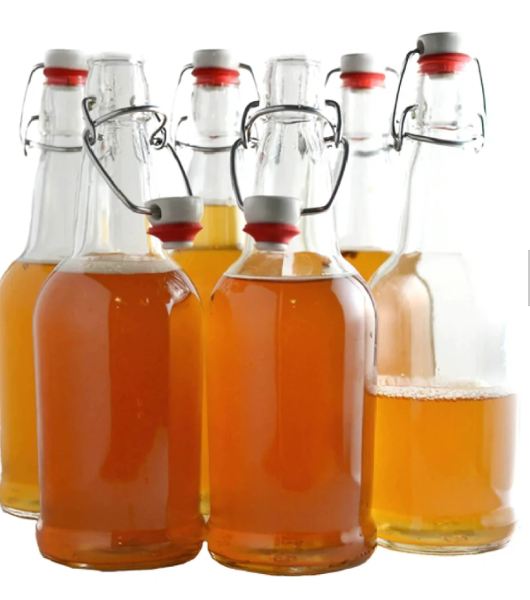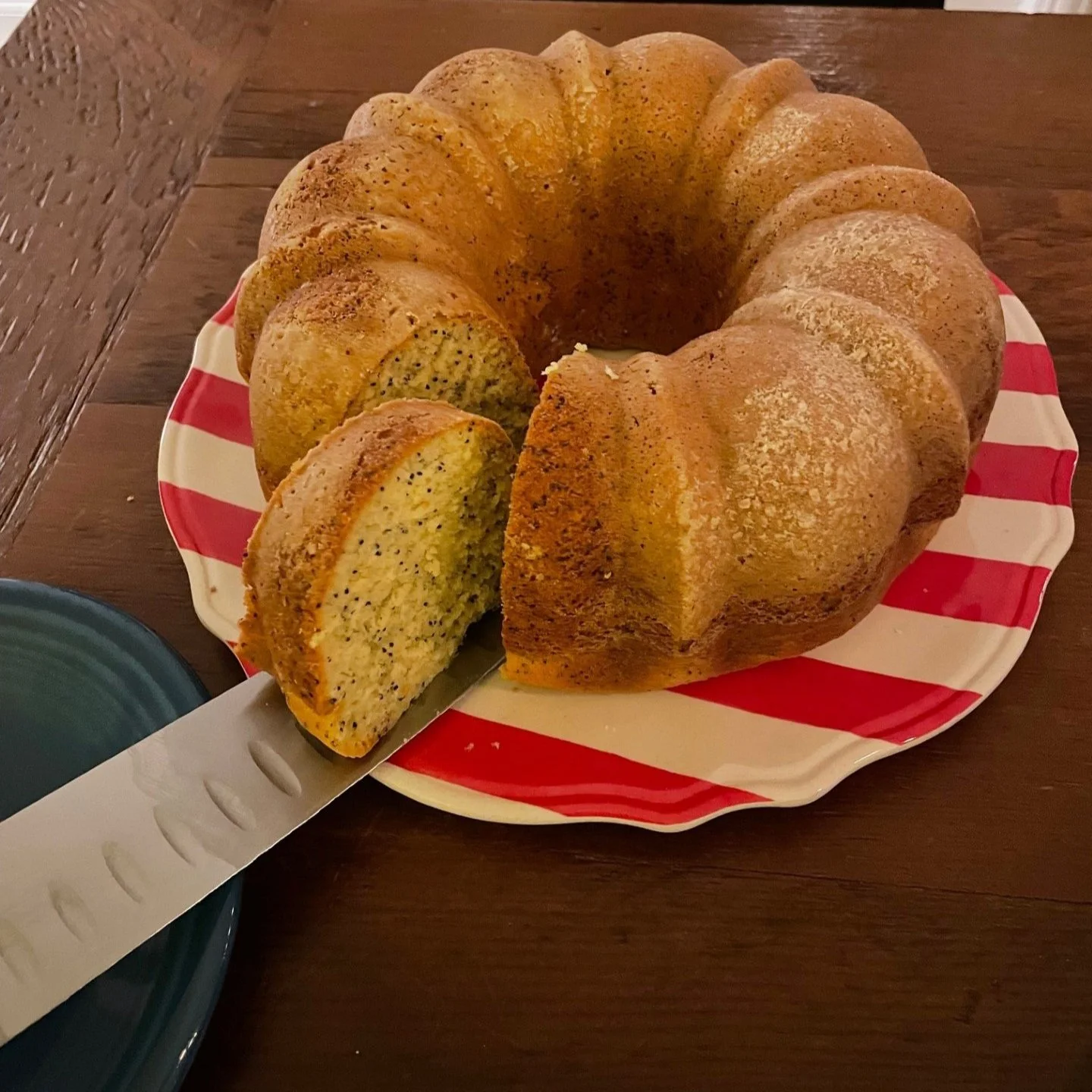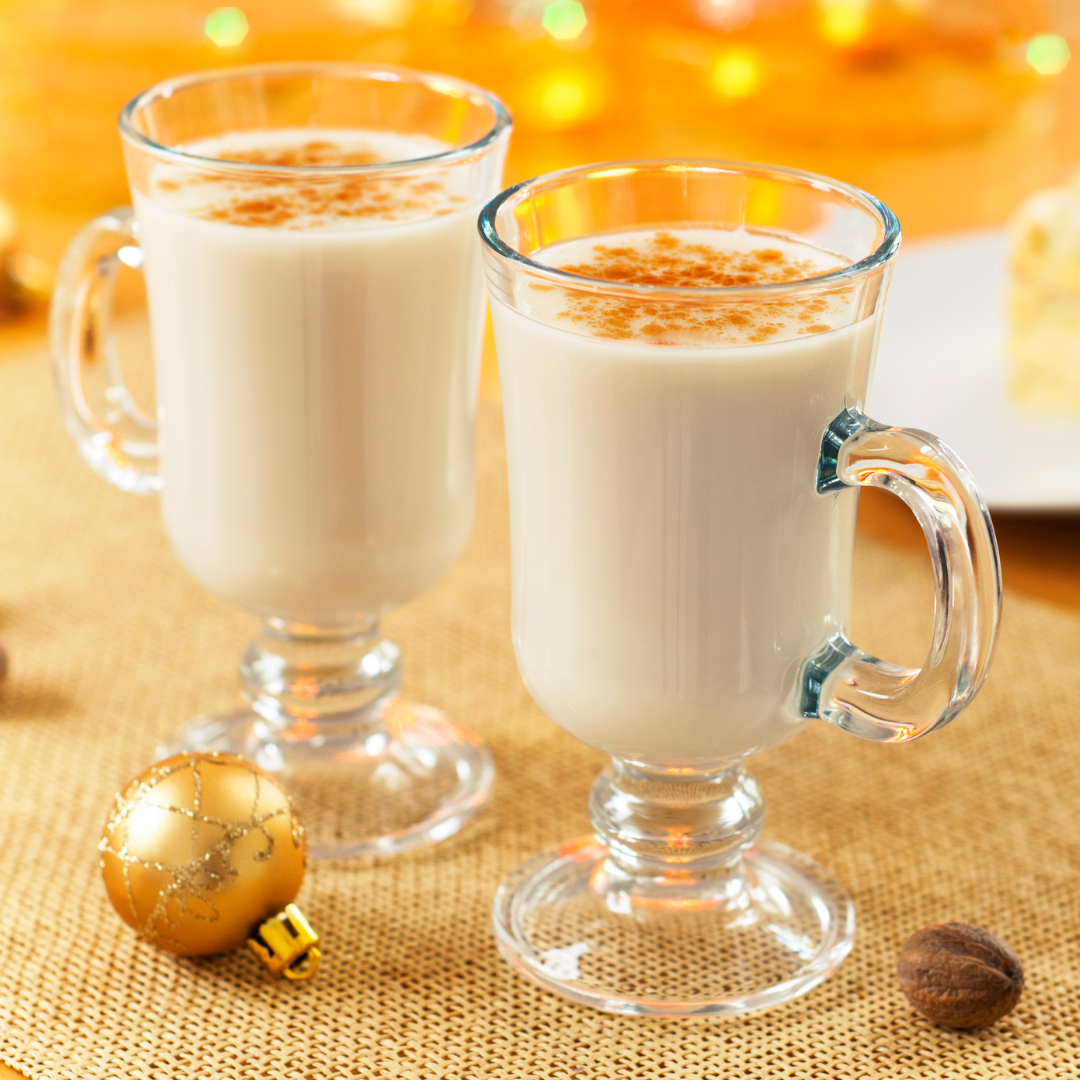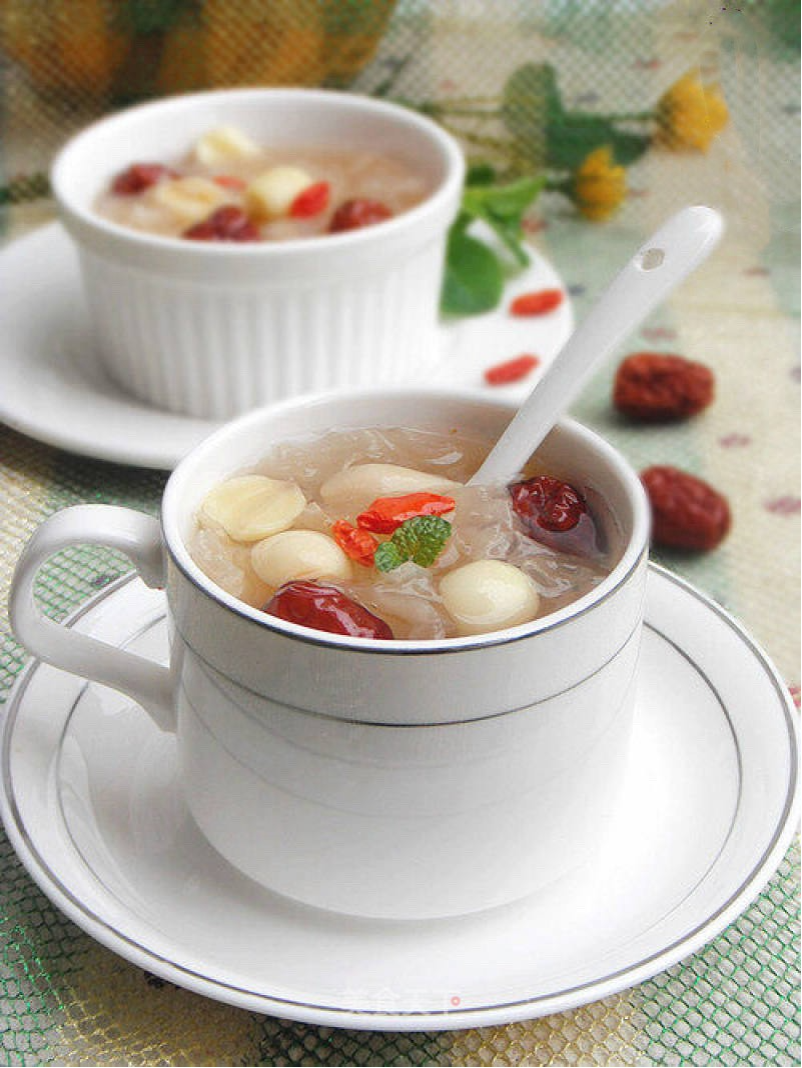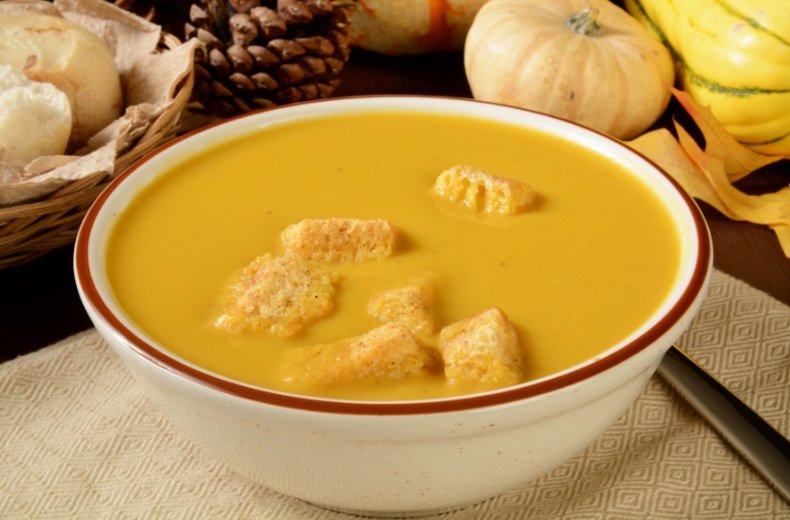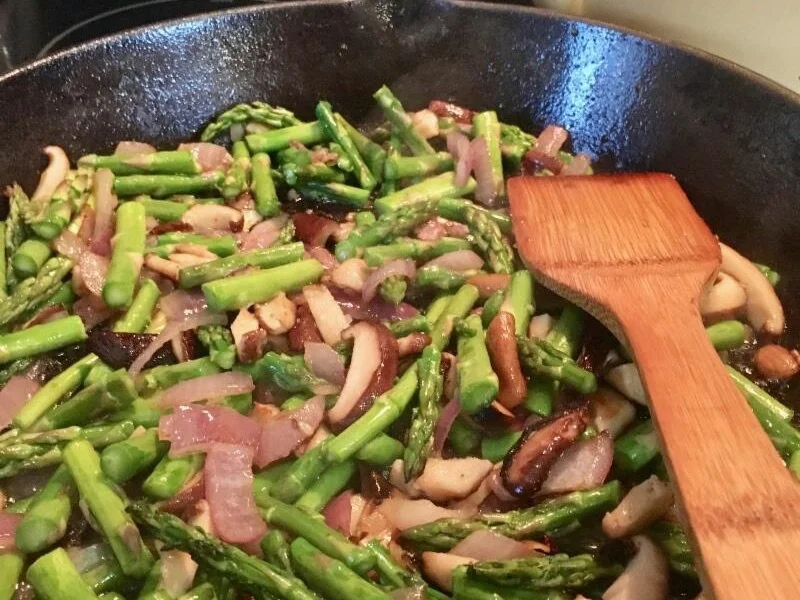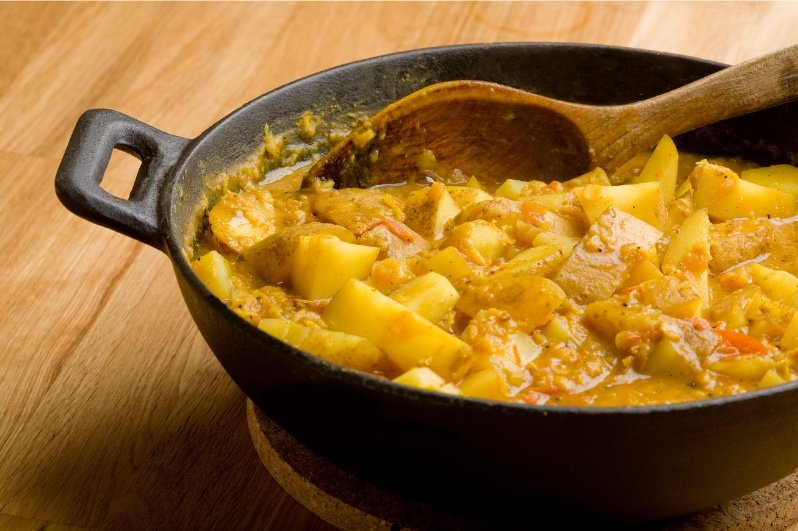Spicy Ginger Sauerkraut
/The earliest record of fermentation dates back as far as 7,000 BCE. Both the East and West have traditional fermented foods. Fermentation has been used for preservation, to enhance shelf life, and to improve flavor; it has its place in maritime history, global exploration, American pioneer history, African history, and on dinner tables around the world from ancient times to today.
American fermentation crocks
There are several health benefits to eating fermented foods. They can be especially helpful for those who have digestive challenges because they are probiotic and have enzymes that aid in digestion. In fact, the bioavailability of nutrients increases in the fermentation process making fermented food more nutritious than their unfermented forms.
Fermented foods aid digestion
One common fermentation style, as this recipe uses, creates lactic-acid bacteria. During fermentation, these bacteria synthesize vitamins and minerals and produce biologically active enzymes that help increase protein digestion, lower blood pressure (seek out low-salt recipes), and have antimicrobial, anticarcinogenic, anti-inflammatory, antifungal, and anti-allergenic properties. There is also evidence that keeping your gut microbiome healthy helps mental wellness, too, and can have an impact on anxiety and depression.
A variety of fermented foods
Fermenting foods is easy, fun, and affordable. The options are endless. Full disclosure: I am definitely not an expert; I am more of a fermentation beginner. This recipe is the first one I tried and should give you an idea of what is involved, how easy the process is, and if you might be interested. If you'd like to learn more about fermentation, check out books by Sandor Katz.
This sauerkraut is a pretty pink color and is wonderful with a rice and veggie bowl, as a side for any Chinese or Japanese food, or added to a stir fry.
Equipment needed:
Vessel: large crock with a water seal, 2 half-gallon jars with pickle pipes or airlocks, or another fermentation vessel
Something to keep your cabbage smushed down as it ferments: weight or a sealed bag of salt water (use ratio of: 1 teaspoon salt to 1 cup water)
Implement for pounding and packing: pickle packer, sauerkraut stomper, crock packer, drink muddler, or similar tool
Make sure to sterilize all your equipment
Ingredients:
1 medium red cabbage
1 medium green cabbage
large piece of fresh ginger, peeled and grated (I used about a cup)
1 teaspoon - 1 tablespoon red pepper flakes (depending on how hot you like it)
2 1/2 tablespoons sea salt
Optional: handful of arame or other seaweed that has been soaked in water for an hour
Red and green cabbages
Reserve a large cabbage leaf and cut it to the diameter of the jar or vessel and set aside. Shred the cabbage, then toss with the ginger, pepper flakes, and salt in a large bowl. Use your chosen implement, pounding and mixing until the cabbage mixture is wilted and juicy. When it's thoroughly pounded, place a couple of handfuls in your fermentation vessel. Pound it down with your implement. Add a sprinkling of seaweed, if using. Repeat until all the cabbage and seaweed is in the vessel, packed down. Place the cabbage leaf on top, followed by the weight or resealable (with a lock is best) bag of salt water. If all of the cabbage is submerged in brine, you are all set! If it's not, check it in a day. If it is still not submerged, add salt water in the ratio of 1/2 teaspoon salt to 1/2 cup water until the cabbage is submerged. Now it ferments. Set it in a dark area out of the way.
When is the sauerkraut done? Good question! That depends on the temperature of where your vessel lives and how tangy you like it. It will ferment faster in a warmer environment. I like to try mine in about 2 - 3 weeks and see what it tastes like. It’s usually still crunchy at this stage. I sample it here and there for a few more weeks until I think it has reached the tanginess level that I want. Then I package it in jars and store in the fridge. Refrigeration stops the fermentation process. It should last months with refrigeration - it gets eaten well before in my fridge! Because this is a live food, if you'd like to warm it, avoid microwave ovens and high heat, which will kill the good bacteria. It’s delicious and has the most probiotic benefit when served raw.
The finished product - beautiful, delicious, and healthy!









